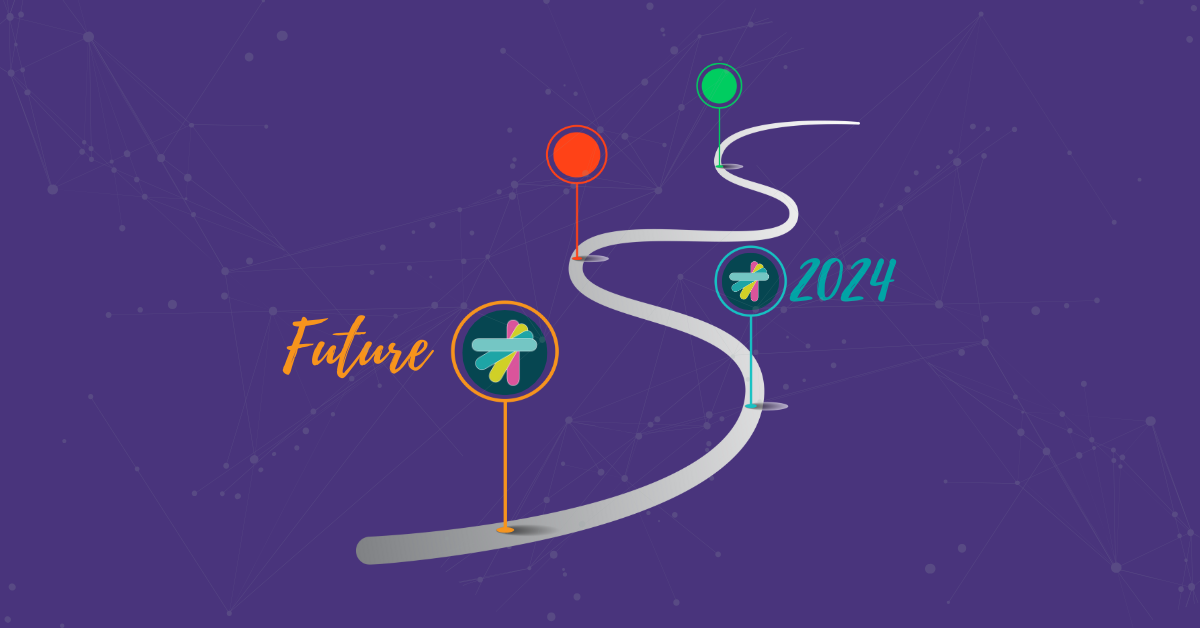

The COVID-19 pandemic drove many companies to rapidly expand their support for remote work. This change was not simply to appease a changing workforce; it was simply to survive. When most of the workforce was suddenly told to stay home, many organizations had to either adapt or cease to exist.
The increased reliance on transforming previously manual or hybrid procedures to purely digital ones required updated (or completely new) applications, supporting software and infrastructure. Digital transformation was no longer an aspirational goal — it became a survival necessity.
Let’s look at some fundamental changes the pandemic forced on companies and consumers, and how those changes affect all aspects of doing business today, including software development organizations developing secure application security in a decentralized world.
Prior to 2020, face-to-face interactions were not only the norm, but also the preferred way to communicate and carry out business. While a growing number of younger workers and consumers who preferred digital interaction were encouraging digital communication to gain popularity, total adoption was a long way off.
Digital transformation (DT) is the common term used to represent the process of replacing manual business processes or services with digital processes. The push for DT was underway in 2020, but only as it aligned with long-term strategy. A few existing companies and many startups relied on digital processes, but most companies approached DT conservatively. After all, the requirement to produce revenue today trumped the desire to innovate for the future.
Once the pandemic hit, companies of all types suddenly had to carry on unhindered without face-to-face interactions. Some companies were built on the concept of offices full of workers. Others depended on the ability to serve a steady flow of physical customers. Regardless of the business model, the disruption of face-to-face interaction required solutions where technology could provide the connection.
One of the first shifts was to simulate the business meeting, customer interactions or even the classroom. Zoom went from a video conferencing tool to a generic term for an online meeting. The term can even be used as a verb, as in “I’ll Zoom you.”
COVID-19 shifted DT from a long-term strategic goal to a survival requirement. Although all companies could not simply “go digital,” many could. Restaurants, airlines, hotels and a long list of other service-oriented companies had to undergo radical transformations. Other types of companies, such as insurance companies, software development organizations and banks, could continue operations, but had to find a different way. Reliance on face-to-face interactions had to defer to digital transactions. Customer service was required to rise to the occasion and provide an acceptable level of service using remote workers and digital connections.
Some companies, like Amazon, were up to the challenge. After all, they were already relying on a decentralized model for much of their business process. They encountered challenges at their warehouses that relied on many human workers, but the rest of their organization had already embraced digitization and automation. Other organizations were not as fortunate and had to accelerate their digital transformation plans far ahead of their expectations. Collaboration and automation became the most popular directive of 2020.
Any transformation risks failure if acceptance is limited and resistance grows. Although pandemic-induced DT directives enjoyed nearly universal support, success was not guaranteed. Questions organizations had to face included: What DT products do we embrace? What should we automate and digitize? How do we encourage our personnel and our customers to stick with us?
Early analysis showed that user experience (UX) has a direct relationship to acceptance. The best guarantee of success would be to build a UX that users accept (and hopefully embrace).
Prior to 2020, a common approach to DT and automation was to build environments for unique business functions in isolation from one another. This method, also referred to as a siloed approach, almost always results in environments that are highly customized to meet narrow requirements. Due to each specific environmental focus, integration with other environments is generally difficult.
The COVID-19 pandemic put pressure to find DT solutions that provide a positive UX and integration of environments across the organization. Satisfying both requirements was not easy.
An example of a siloed user experience could be a software development organization in which the development group has their own collaboration environment, the quality assurance and build management teams have their own environment, as does operations and the end-user community. Trying to manage and integrate each of these environments with a remote workforce places too many pressures on any organization. A better approach is to identify remote collaboration and other DT solutions that work across an entire organization.
Remote collaboration across functionalities drives solutions that benefit the entire organization. When software developers, QA, deployment, operations and customers must all collaborate remotely, the solutions should be flattened across all boundaries. That means get rid of the silos. Work across the organization, not within units.
Decentralized collaboration is not a new concept. Development organizations have trended toward decentralization for several years. Now, getting everyone on board the decentralization train means organizations should consider solutions that are not Dev/DevOps/DevSecOps-centric. Whether your organization adopts Google Workspace, Microsoft Office 365, or any other collaboration suites or tools, the key is to drive remote collaboration to the organizational level to meet current remote workforce demands.
Eventually, the world will get beyond COVID-19. There will be a “new normal,” but what that means is hotly debated. Each organization must draw on its own identity to determine its next steps.
The pandemic transformed nearly every organization into a more agile organization. Surviving means adapting, so organizations that survived the last year learned how to maintain operational continuity (sometimes barely scraping by) in the face of unprecedented disruption. That fact is, there is no “best” path forward. The best path is the right path for your organization.
Each organization possesses a unique culture and has developed its own procedures. These will inform decisions as to how a post-pandemic world will appear. Some organizations will continue to embrace a remote workforce. Others will return to a pre-pandemic state. Most, however, will settle somewhere in between. Hybrid solutions seem to be a common thread in strategic discussions for 2021 and forward.
While nearly everyone expected a remote workforce to be the norm going forward, KPMG conducted a 2021 CEO Outlook Pulse Survey that provided a glimpse of what CEOs are thinking about the future. According to the report, only 17% of CEOs surveyed still plan to downsize office space, as opposed to 69% planning to do so in August 2020. That indicates a more optimistic view of returning to “normal” and not relying on remote workers in the long term. On the other hand, nearly a third of the respondents expect their workforce to continue to work remotely for two or three days each week.
One thing that seems to be clear is that executives are taking a hard look at their workforces. They are balancing historical perceptions with the realities of 2020. Within the next year, some organizations will begin to look like they did before COVID-19, and others will be forever changed.
The biggest change for organizations that develop software is the leveling of the field between functions. The necessities of organizational survival over the previous year helped to level the silos and will ultimately advance collaboration and process integration. It is not too far a stretch to expect the progress made in moving from Dev, to DevOps, and then to DevSecOps will continue to integrate interested parties across the development stakeholder spectrum.
COVID-19 changed everything. And some changes are not so bad.
Would you like to know more about implementing secure application development solution in your company? Get in touch with our Kiuwan team! We love to talk about security.


